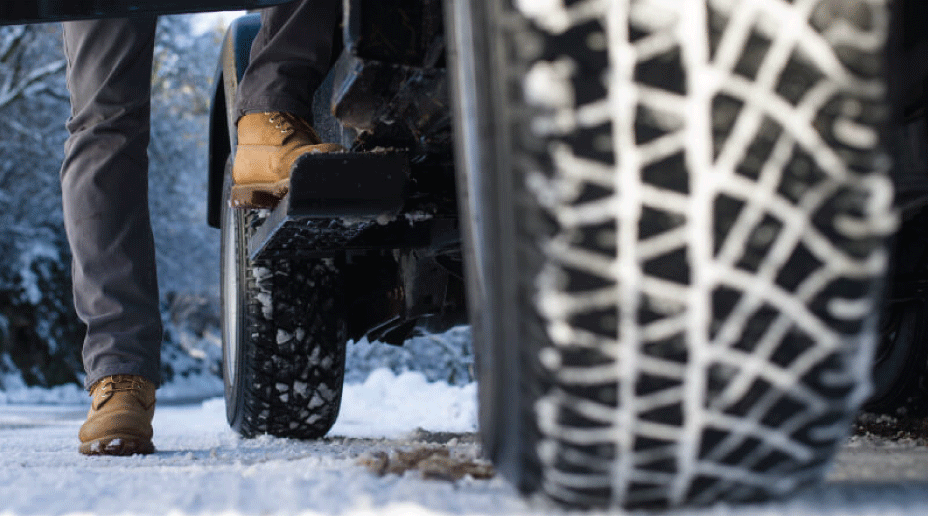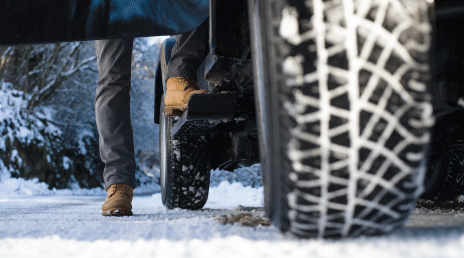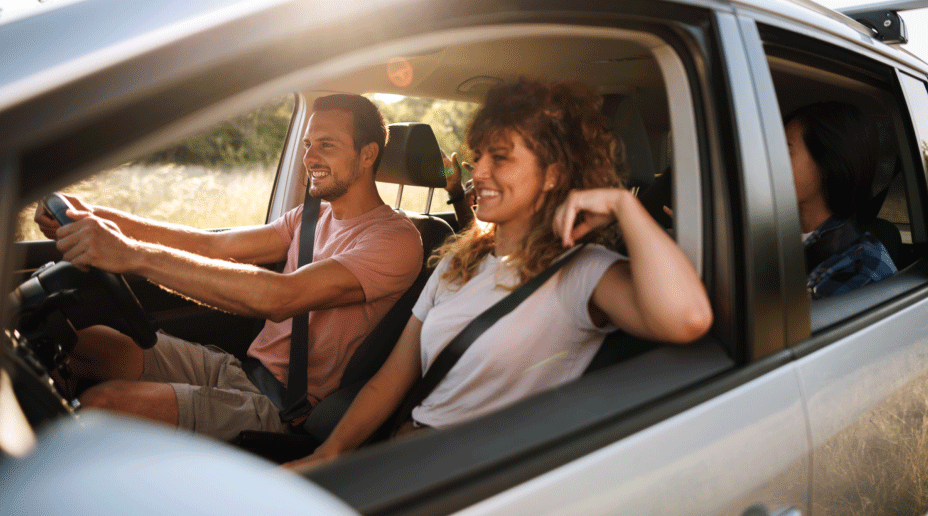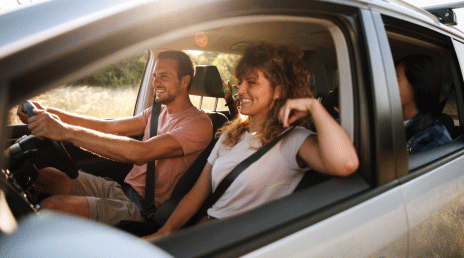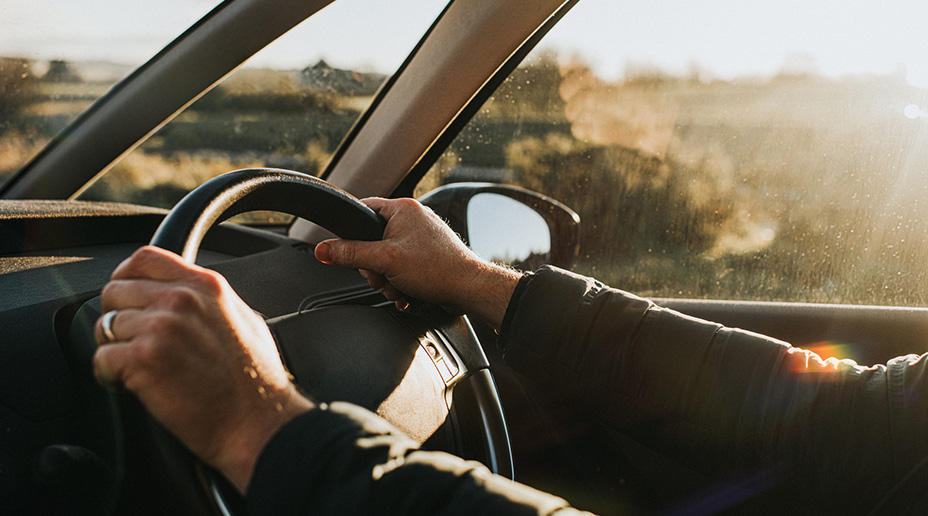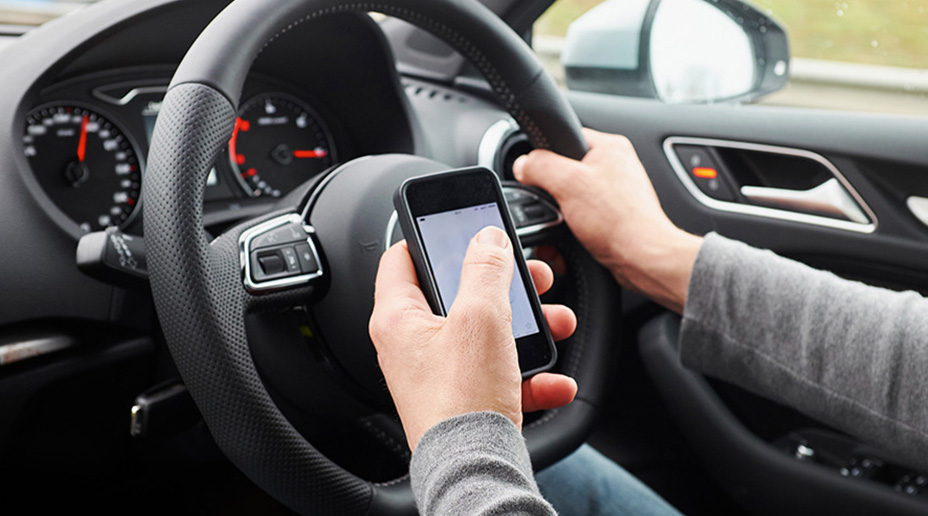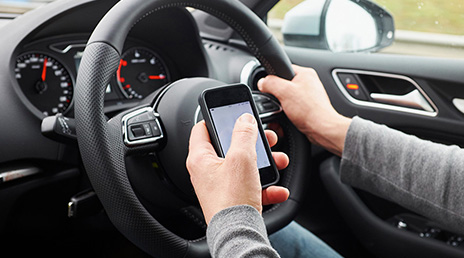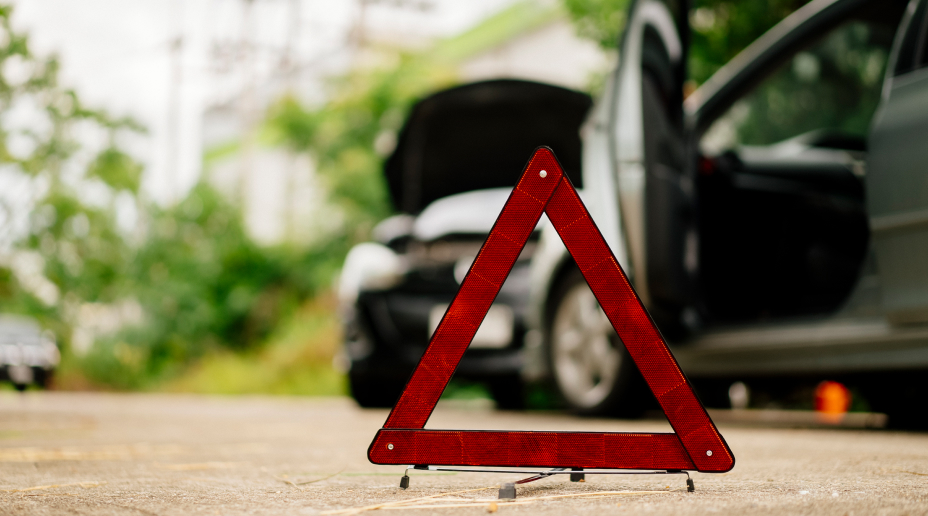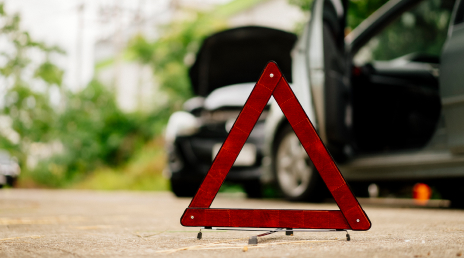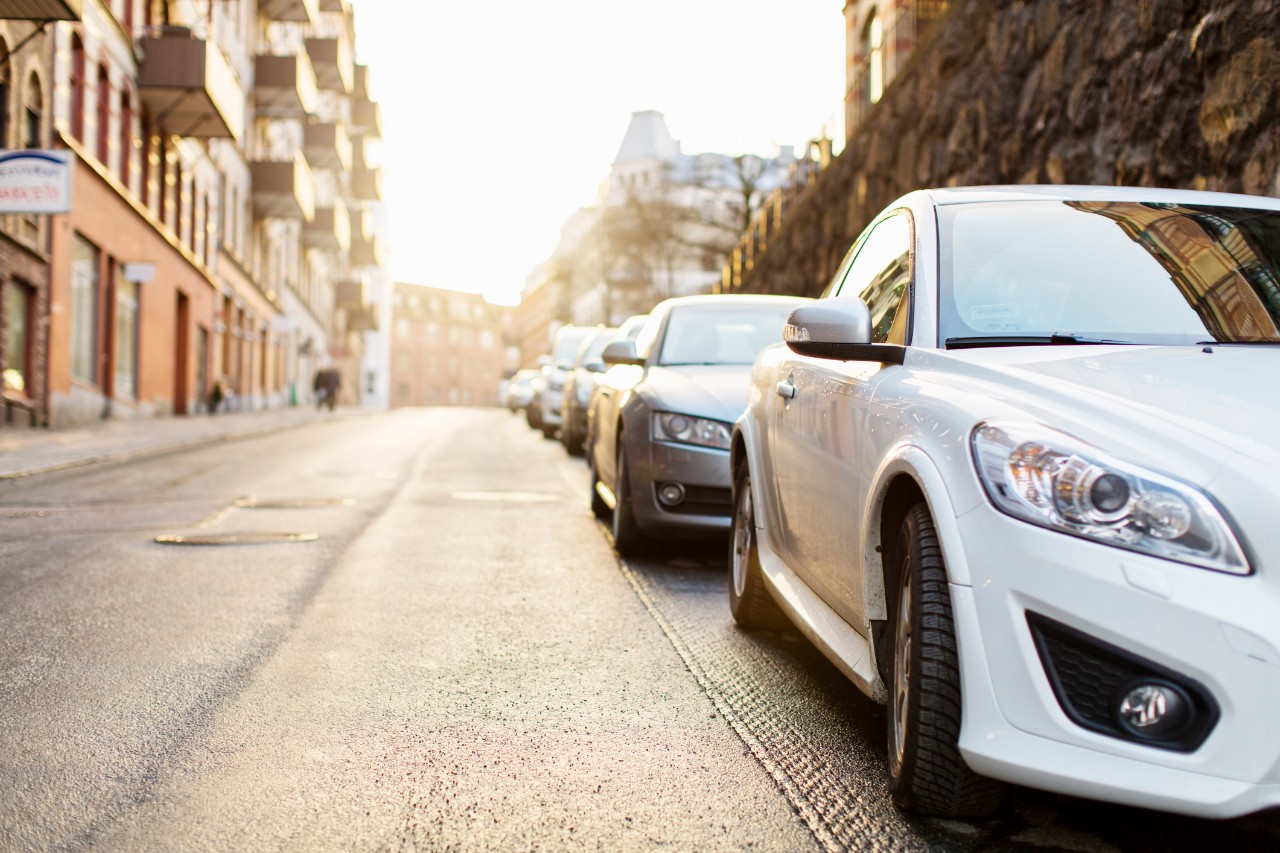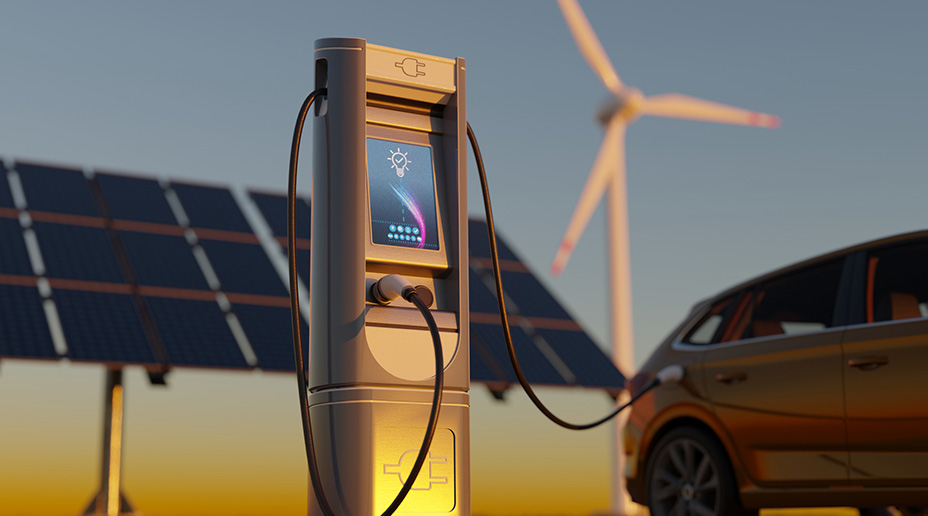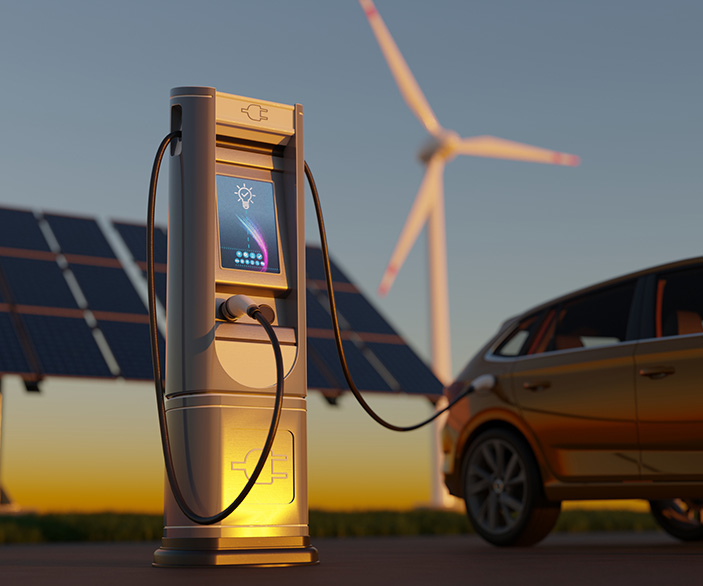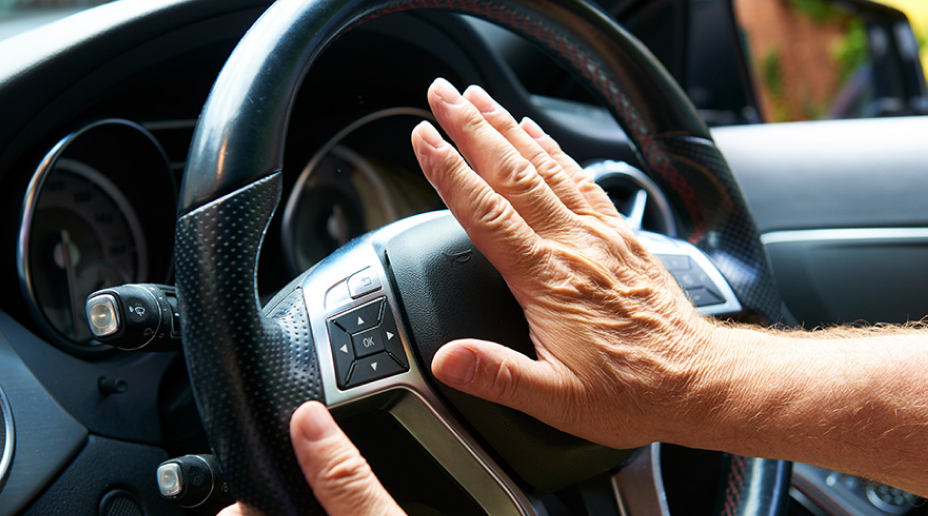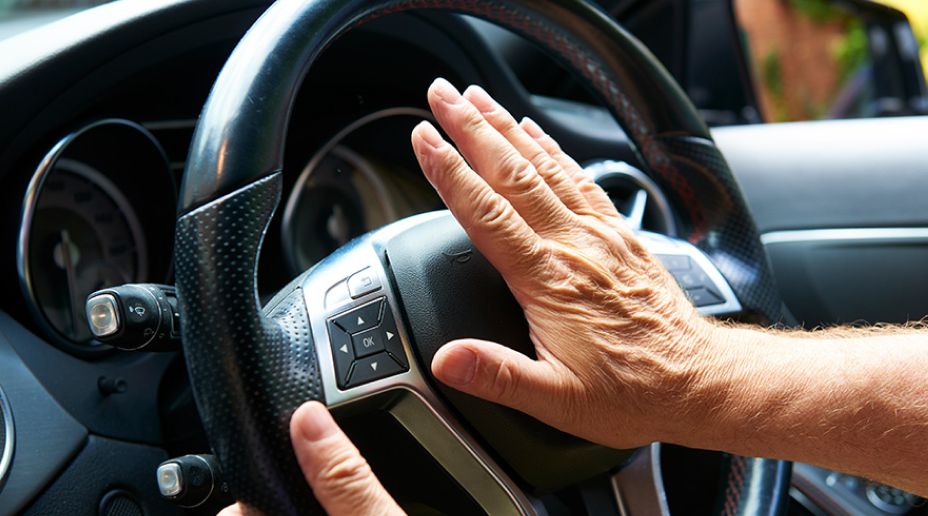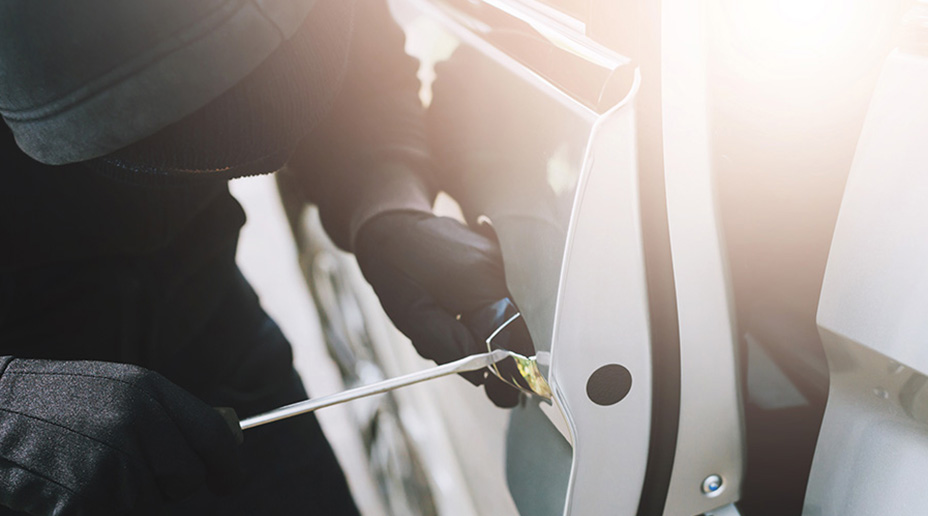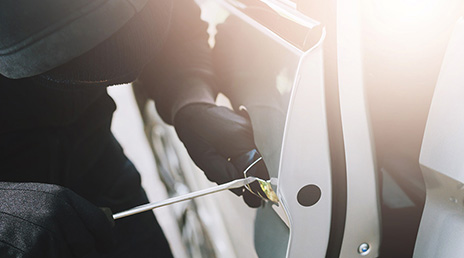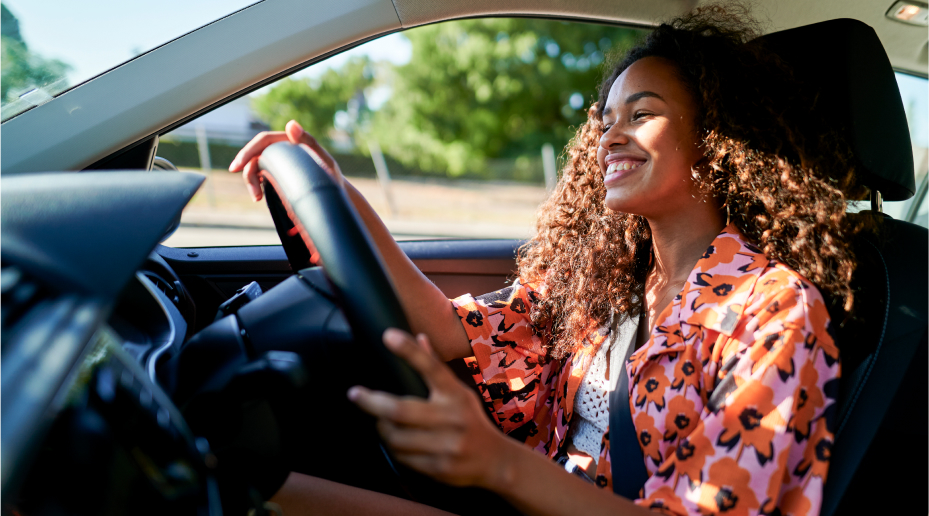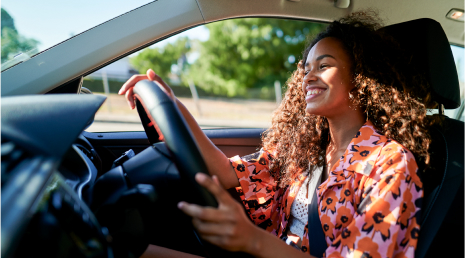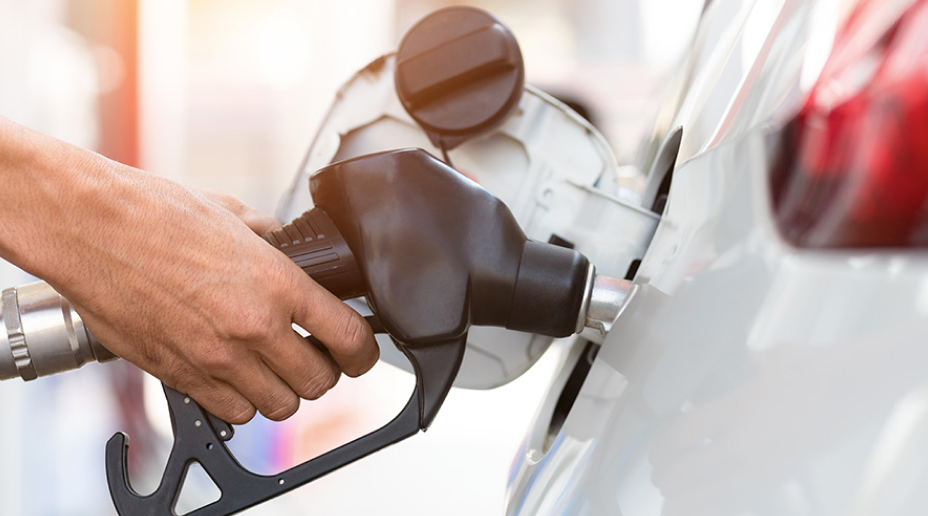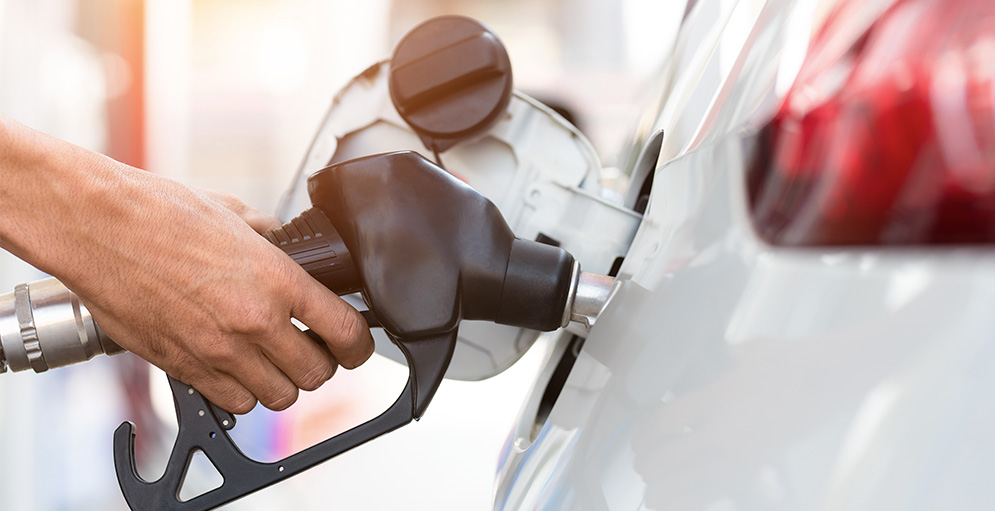What kind of vehicles can I drive with my DVLA driving licence?
- What do the numbers and letters on my driving licence mean?
- What is a driving licence category?
- Are driving licence categories and codes the same thing?
Ever looked at your driving licence and asked yourself “What do AM, B1 and all those numbers mean?”
Well, you’re not alone. Your driver’s photocard is full of useful info beyond its use as a form of identification. So, if you’ve just got your driving licence or you’ve been looking it for years wondering what the numbers and letters are actually telling you, you’re about to find out.
What do the numbers and letters on my driving licence mean?

Swipe to view more
| Category | What it means you can drive: |
| AM | 2 or 3-wheeled vehicle up to 28mph |
| A1 | Light motorbike up to 125cc and up to 11kW |
| A2 | Motorbike up to 35kW |
|
A |
Motorbike over 35kW |
| B1 | Motor vehicles up to 4 wheels; up to 400kg |
| B | This depends on when you passed your test* |
| C1 |
You can drive vehicles between 3,500-7,500kg |
| C |
You can drive vehicles over 3,500kg |
| D1 | You can drive vehicles with up to 16 passengers |
| D | You can drive any bus with more than 8 seats |
| BE | You can drive vehicles over 3,500kg with a trailer |
| C1E | You can drive C1 vehicles with a trailer over 750kg |
| CE |
You can drive C vehicles with a trailer over 750kg |
| D1E | You can drive D1 vehicles with a trailer over 750kg |
| DE | You can drive D vehicles with a trailer over 750kg |
- If you passed your test before 1 January 1997, you can drive a vehicle and trailer up to 8,250kg; or a minibus with a trailer over 750kg.
- If you passed your test after 1 January 1997, you can drive vehicles up to 3,500kg (including a trailer up to 750kg).
Visit GOV.UK to find out everything you need to know about driving licence categories and what kind of vehicle you’re allowed to drive.
What kind of vehicles can I drive on my driving licence?

You may have spotted some other letters on the back of your driving licence, here’s what they mean:
- f means you’re qualified to drive a tractor.
- k means you can drive a pedestrian-controlled vehicle* or a sit-on-lawnmower.
- q means you can drive vehicles with two or three wheels and no pedals, as long as the engine size is 50cc or under and it can’t go over 15.5mph. But this doesn’t include battery-powered vehicles, like e-scooters and e-bicycles.
If you’re looking to drive vehicles in categories higher than ‘B’ you may be interested to know how to get a van licence.
*A controlled vehicle has three or more wheels, weighs less than 450kg, and is not used to transport a passenger.
Where can I find my driving licence number?
You’ll find your driving licence number in section 5 on the front of your UK driving licence photocard.
GOV.UK has more information about your UK driving licence, including how to apply, renew or update your licence and add new categories. You’ll just need your driving licence number, National Insurance number and postcode.
What do the numbers and letters on the front of my driving licence mean?
Swipe to view more
| Code | What it means: |
| 1 | Your surname |
| 2 | Your first and middle names |
| 3 | Your date and place of birth |
| 4a | Date licence was issued |
| 4b | Date licence expires |
| 4c |
Licence issued by |
| 5 | Licence number |
| 7 | Your signature |
| 8 | Your address |
| 9 | Vehicle categories (what you can drive) |

What are the different codes and categories on my driving licence?

You’ll find the full list of driving licence codes on GOV.UK and we’ll cover the most common ones here:
Swipe to view more
| Code | What it means: |
| 01 | You need glasses or contact lenses to drive |
| 02 | Hearing/communication aid is needed to drive |
| 78/106 |
You’re restricted to automatic vehicles |
| 111 | You’re limited to driving a vehicle with 16 passenger seats |
| 115 | You’re an organ donor |

We hope that’s helped explain what the different driving licence categories mean and which vehicles you’re allowed to drive. If you’re just starting out or know someone that is, here’s a handy guide to learner driver insurance . Trust us to make car insurance simple.

